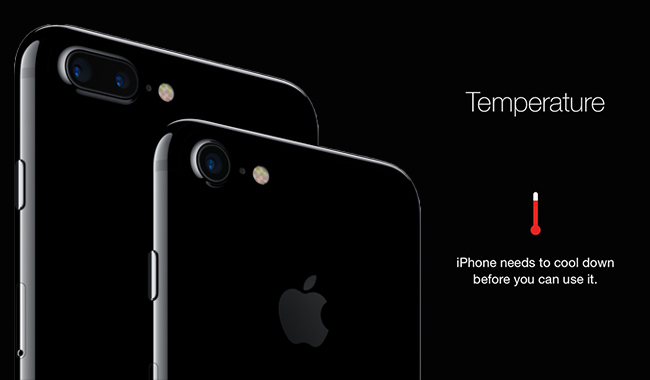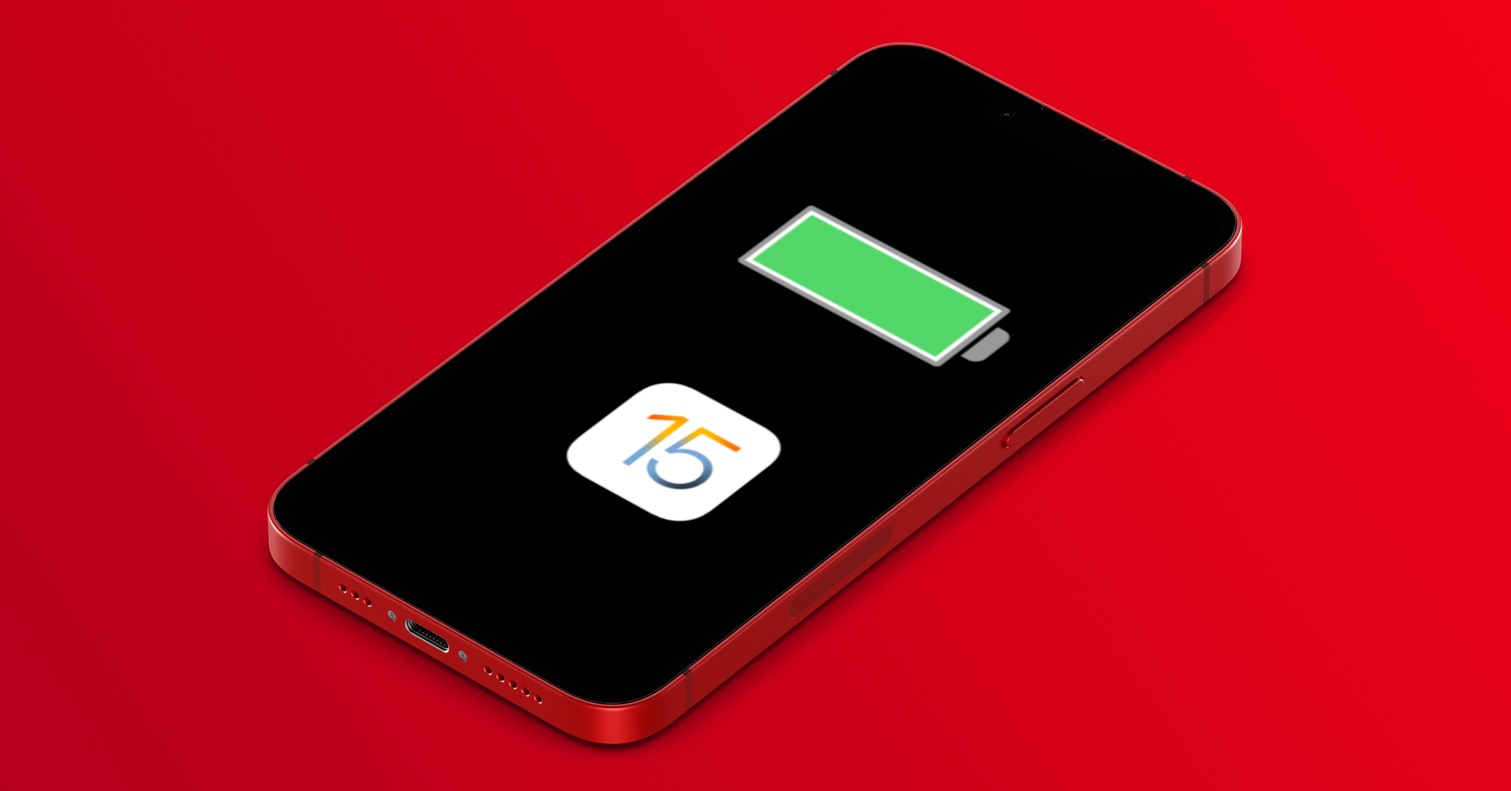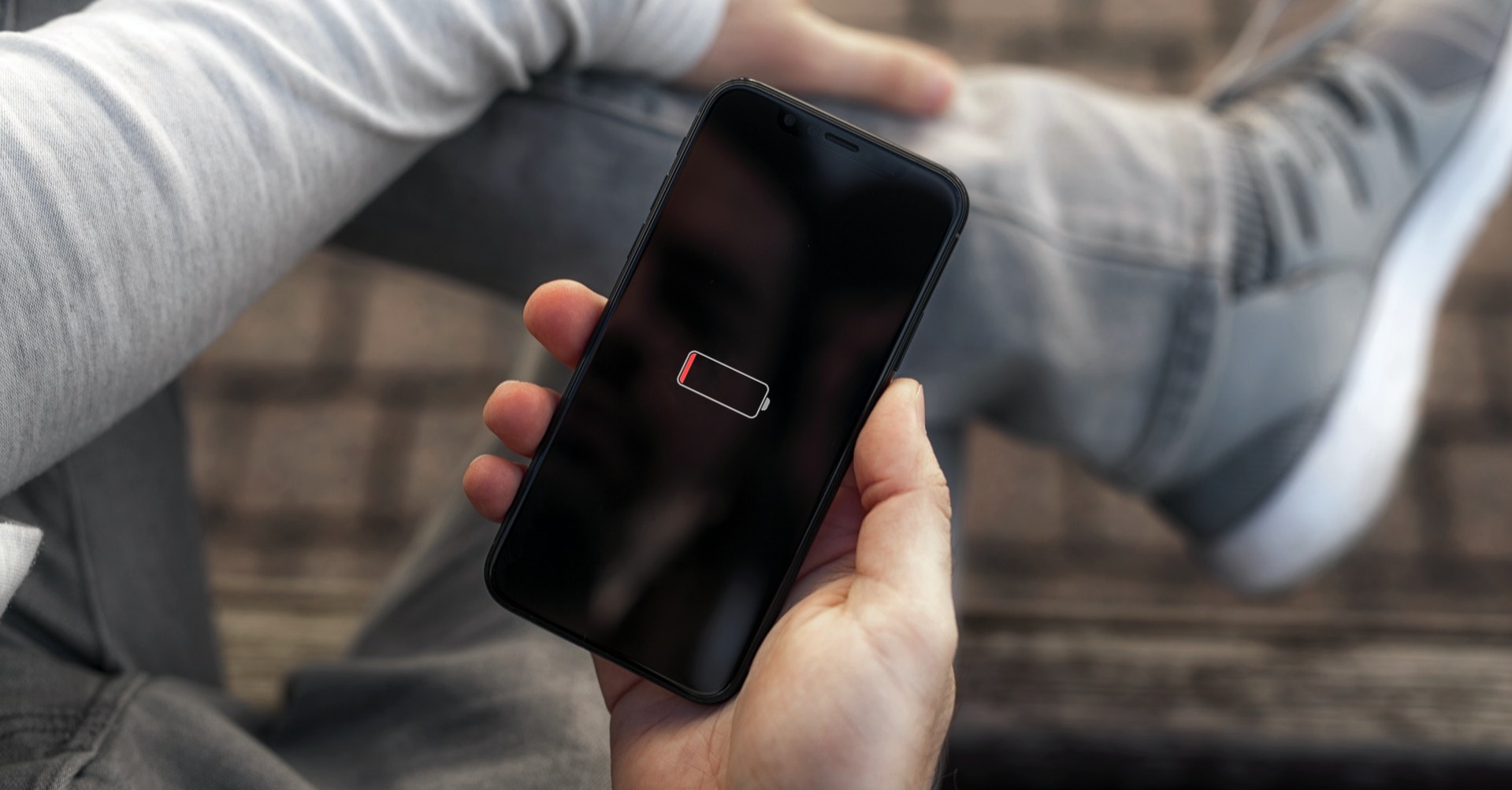Today's smartphones are designed to be easy and simple to work with. This is, of course, thanks to the combination of advanced technologies that go hand in hand with sophisticated technical solutions. However, their Achilles heel is the battery, with regard not only to its durability but also to the performance of the device. This is often influenced by the ambient temperature.
Some people prefer the heat, others the cold. The battery doesn't like either, while the first mentioned can be fatal for it, the second only limiting in our conditions. And it's perhaps a little paradoxical, because you might think that frost will do more damage than a little (more) of that heat. However, manufacturers of devices using lithium-ion batteries state in their products what temperatures are ideal for them.

So Apple mentions that the optimal temperature range is 16 to 22° C, but adds that it is especially important not to expose the device to temperatures higher than 35° C. And this can be quite a problem, because in that case you just forget your iPhone to in the sun or in a hot car and its battery capacity may be permanently reduced. This simply means that after charging, the battery will not be able to power your device for as long as before. The optimal zone is then from zero to 35° C. Although we are talking about Apple, this type of battery is of course also used by other manufacturers, so it is precisely this temperature range that is indicated on their support pages even Samsung.
It could be interest you

Winter and batteries
A cold environment, i.e. the current one, has a different effect on the battery, namely in its faster discharge. This is due to a reduction in reaction kinetics and ion transport between the present electrodes. At the same time, the charge transfer resistance in the electrodes increases. The electrolyte also thickens and its conductivity decreases. However, if you do not reach extreme values, i.e. typically the actual freezing of the electrolyte and thus the destruction of the battery, this is a transient state. Once the battery temperature returns to normal operating range, normal performance will also be restored.
When it comes to the range of temperatures, it is stated that the freezing point of the commonly used electrolyte ranges from – 20 to – 30° C. However, various solvents and additives are usually added to its composition, which lower the freezing point to – 60 °C, i.e. conditions that do not occur in the country, especially if you at least have your phone in your pocket.
It could be interest you

So it can happen to you that your phone turns off, even if it still shows tens of percent of battery charge. The older your device's battery is and the worse its condition, the more often such shutdowns can occur. However, it is impossible to express these values precisely because battery technology is extremely complex and there are many variables that affect the performance of the battery and the related performance of the phone. In addition to temperature, age, chemical age, for example, how you use your phone. Regardless of the number of factors, it can generally be said that if the battery capacity is at 100% at room temperature, at 0°C it will be at 80% and at -20°C it will be at 60%.







 Adam Kos
Adam Kos